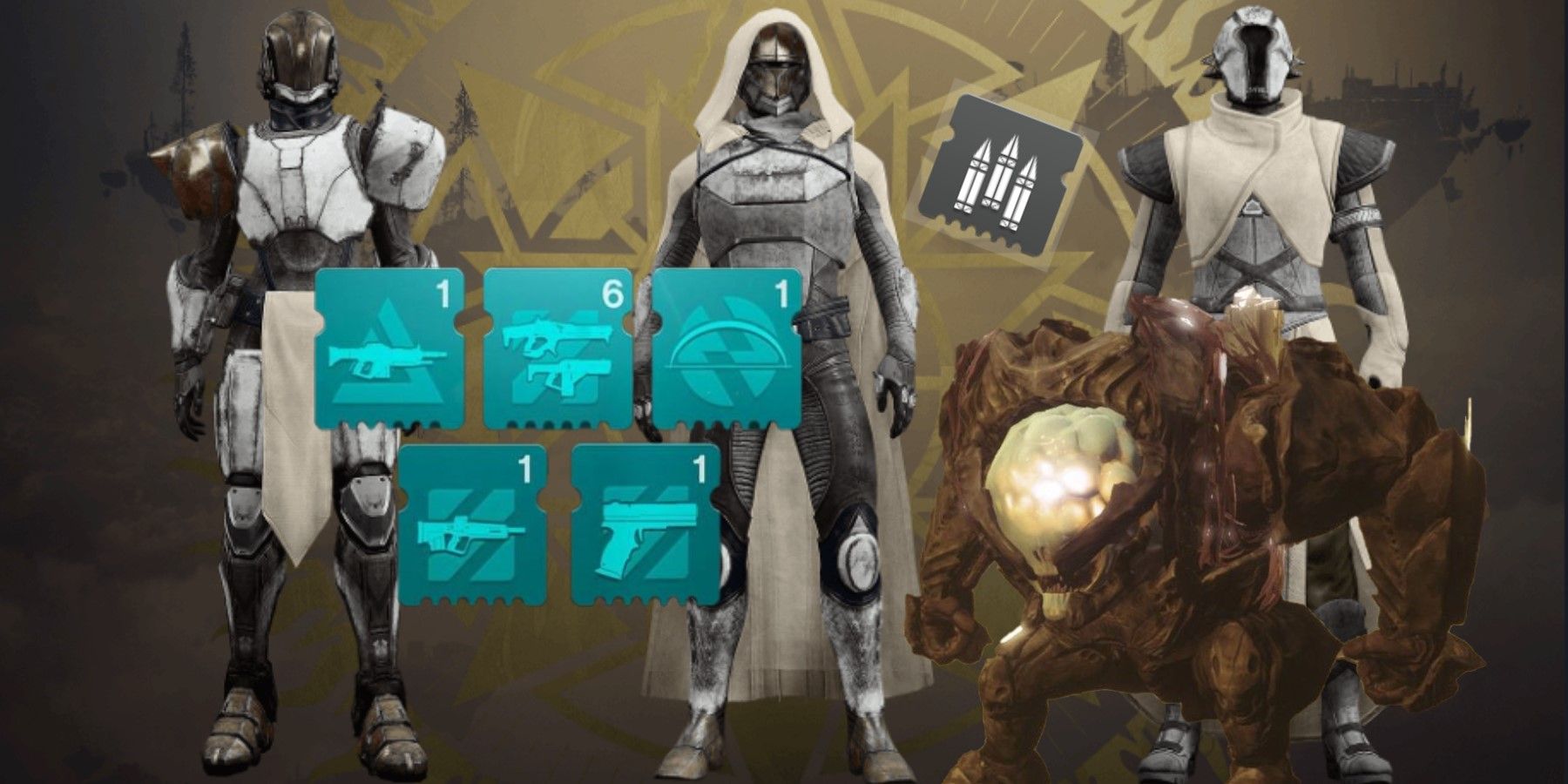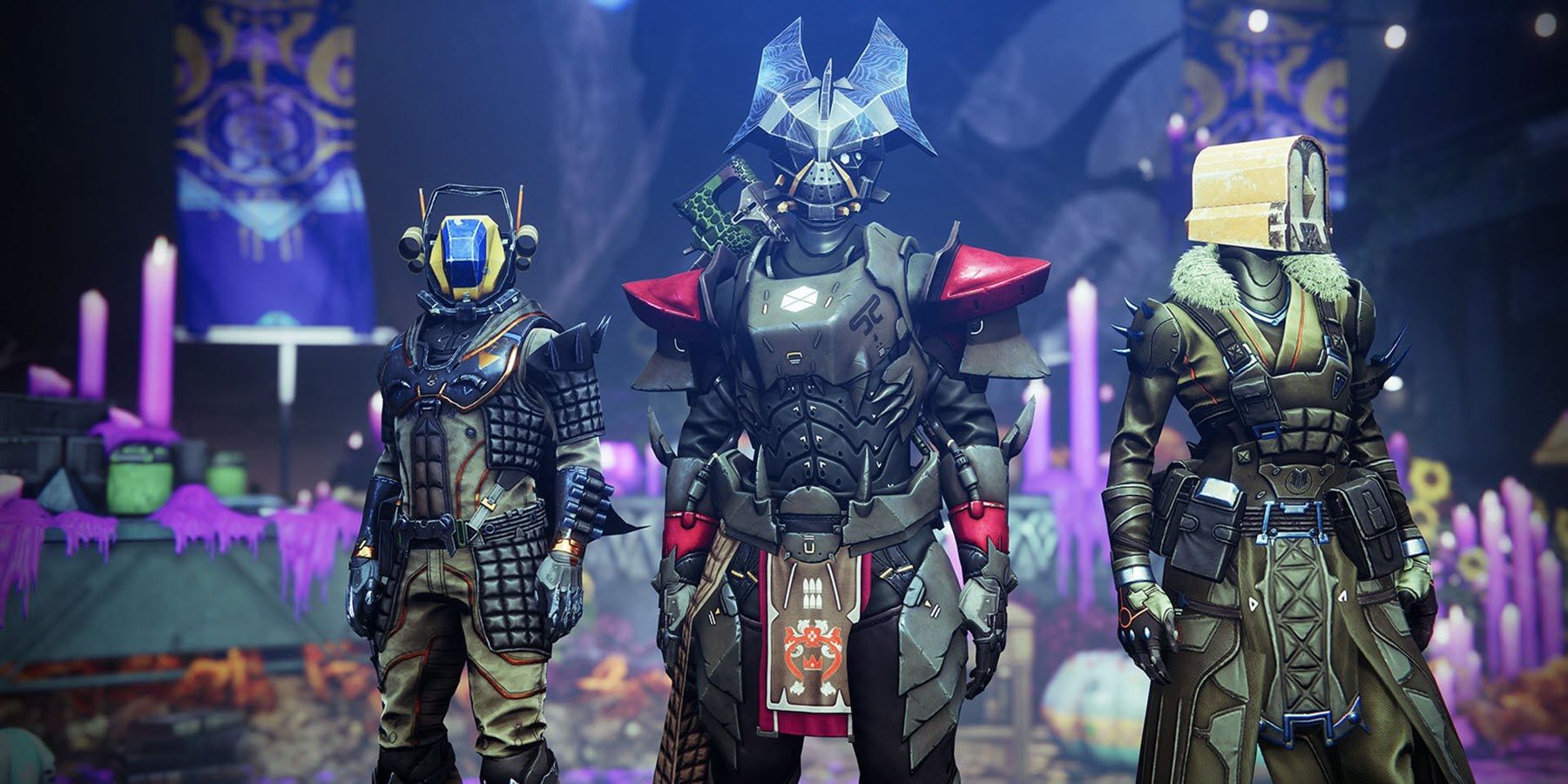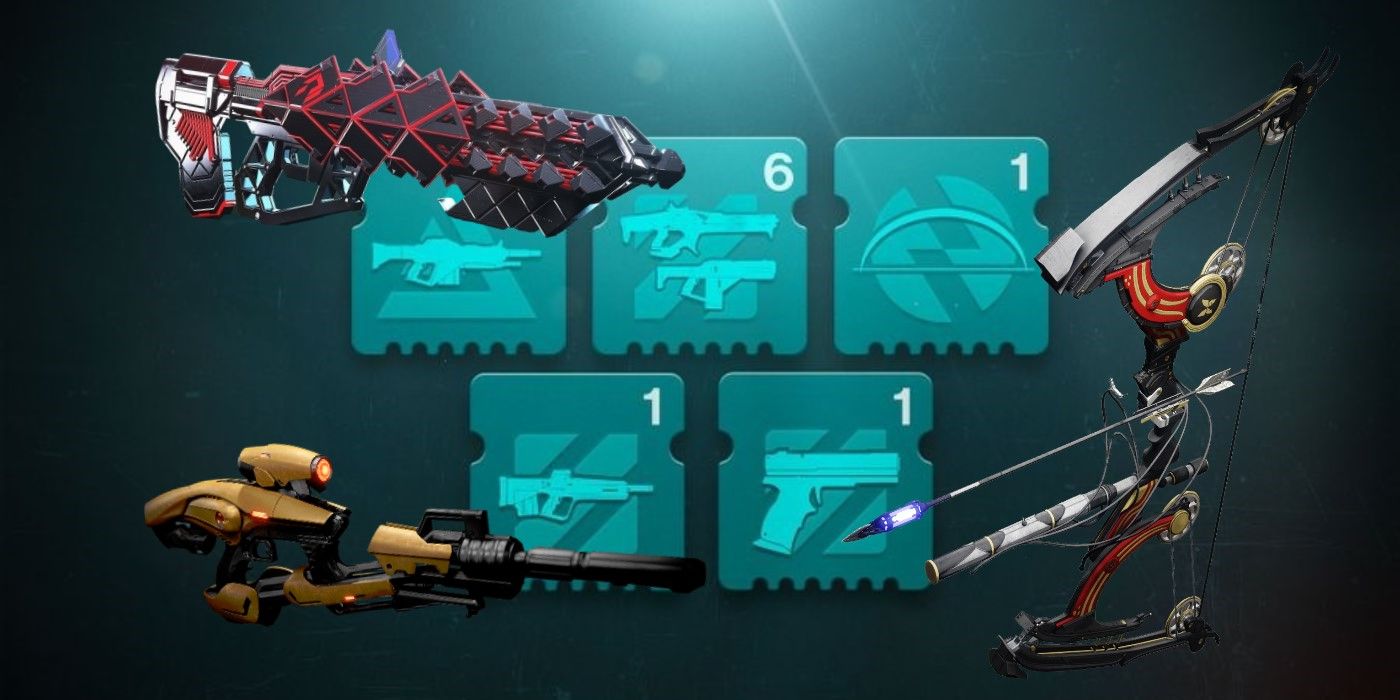Destiny 2 is currently one of the largest online, ongoing first-person shooters, making it inherently quite complex and rich in content, narrative, and gameplay elements. The content was not abundant when Destiny 2 came out back in 2017, but Bungie did change that with all of the expansions and seasons, to the point that there is quite a lot to keep track of, and so the Destiny Content Vault was created. The narrative has also improved a lot in Destiny 2, making it a very compelling looter shooter that taps into its sci-fi space magic identity a lot, and the seasonal model has been doing an amazing job at that.
As for gameplay, Destiny 2 mixes abilities and weapons, elements and subclasses, aspects and fragments, and all this is brought together by the use of mods and build-defining Exotic items. The whole process of fine-tuning a character is not something that's just a side element in Destiny 2, but rather it can elevate the players' performances to another level with the correct combinations and effective build choices. However, the mod system in the game is not something that Bungie explains in full detail with tutorials or the likes, making it tough for new players to fully immerse themselves into this game-changing aspect of Destiny 2.
Destiny 2: Armor Energy and Armor Affinity
The New Light experience is not exactly all newbie-friendly. Mods are the most complicated aspect of Destiny 2 simply because there is a lot to unpack when trying to figure them out, starting with armor energy and armor affinity. Armor energy is the number shown on every piece of armor in Destiny 2 that's accompanied by a symbol representing each element in the game, that is Solar, Void, Arc, and Stasis.
Armor energy is the number representing the total energy that can be spent on Destiny 2 mods on every single piece of armor, and it goes up to 10 with Masterworked armor. The element associated with it is what determines what sort of elemental mods players are capable of slotting into that armor, as there are both generic mods and element-specific mods in every slot. The energy of any piece of armor can be increased for a cost that's relatively high for newer players, and it requires only Glimmer and Legendary Shards for upgrades up to 5 energy, Enhancement Shards for tiers 6 and 7, Enhancement Prisms for 8 and 9, and Ascendant Shards for Masterwork.
As such, the best way to increase any armor's energy capacity is by running high-difficulty PVE content and especially Nightfalls, which can award a bunch of materials at once. The great paradox of Destiny 2, however, is that high-end PVE content requires all sorts of mods to be completed, thus making it even harder for players to optimize their builds and start farming.
As for armor affinity, it can be changed, meaning that players who mistakenly increase the energy level of armor pieces with a specific armor affinity can make it right later on. Unfortunately, this too has a great cost that varies, depending on the energy level of the armor, requiring a full Ascendant Shard for those pieces of gear that were Masterworked. This makes the choice of which armor to level up and which affinity to use important.
Destiny 2 Mods Categories, Combat Style Mods, and Champion Mods
There are different types of mods in Destiny 2, and each category is based either on the armor slot it's assigned to, like Head or Legs, or the role the mod plays—mainly, this refers to Combat Style mods. Slot-specific mods tend to have few variations in between elements, and the affinity of the armor piece primarily determines what some element-specific mods will affect, with Solar being a typically health recovery-focused element, and Stasis one that is about cooldowns. Slot-specific mods also include a variety of things that alter the ammo economy while playing the game, and of course the more generic stat boosts that come in the form of attributes like Discipline and Strength.
Combat Style mods are arguably the most game-defining of the bunch, though, and they drastically alter the way the game is played and what each build can truly do with a fully optimized loadout. A great example of this logic is Warmind Cell mods, which were the go-to for most players before their nerf in Season of the Lost, as they provided incredibly strong healing and defensive capabilities, as well as clearing whole rooms of adds. Combat Style mods are divided into three main categories, which are Warmind Cell mods, Charged with Light mods, and Elemental Well mods.
Charged with Light mods are all about stacking charges and unleash them with powerful effects, such as the popular defensive mod called Protective Light, which reduces all damage taken depending on the stacks spent. There are also healing mods in this same category, but among the most used there are several damage mods such as Lucent Blade and High-Energy Fire, which can boost the damage output of all weapons or a specific weapon archetype. These are quite difficult to balance, however, because they require a constant supply of charges.
Then, Elemental Well mods have been revitalized in Destiny 2 over the past few seasons with the addition of many strong options, like the newly released Elemental Shards for Stasis builds. Elemental Wells are all about creating wells of a specific element, collecting them, and reaping the benefits of associated mods. This can lead to some powerful combinations too, such as that of Elemental Shards combined with Ager's Scepter and Font of Might, which increases the damage of all weapons of the same element of the collected Elemental Wells that match the player's subclass.
Lastly, there are Champion mods to consider as well. These are the most complicated to get into for newer players, but they are the pinnacle of endgame PVE content in Destiny 2, as Champions are guaranteed to be present in those activities. These are exclusive to the Arms slot, and they are only obtained via the seasonal artifact. Furthermore, they are exclusive to weapon archetypes, and only work against a specific Champion category, with those being Unstoppable, Overload, and Barrier. Ultimately, there is a lot to consider while working with mods, and Bungie could likely use a tutorial for all this information that's otherwise obtained by fully immersing oneself in the game.
Destiny 2 is available on PC, PS4, PS5, Stadia, Xbox One, and Xbox Series X/S.



